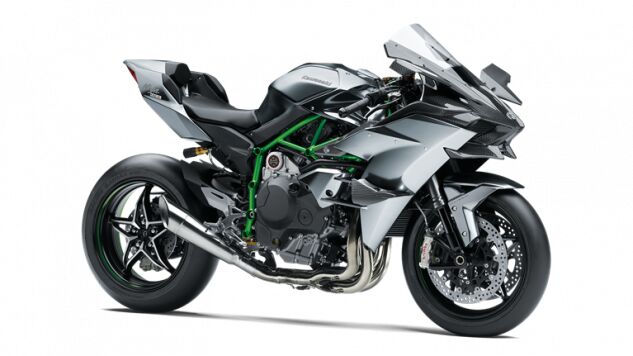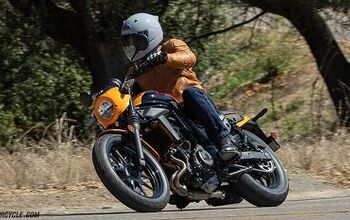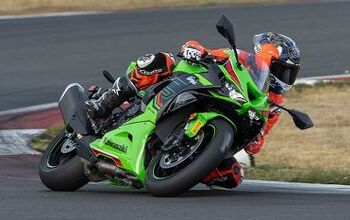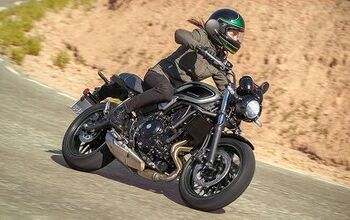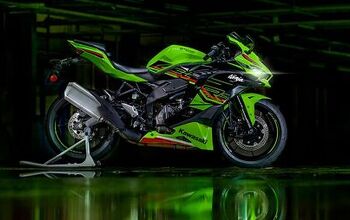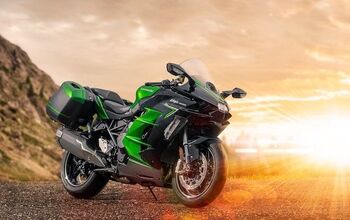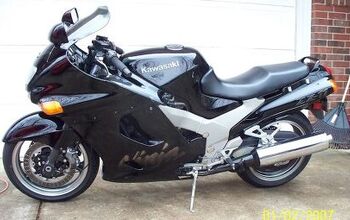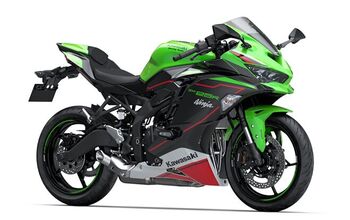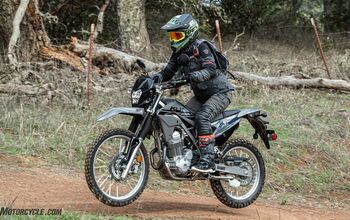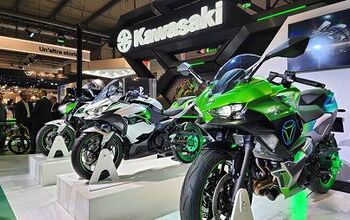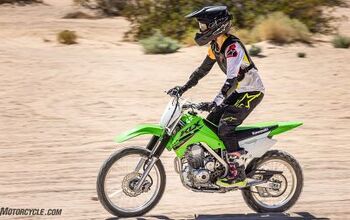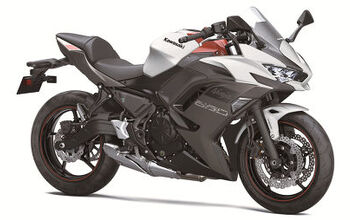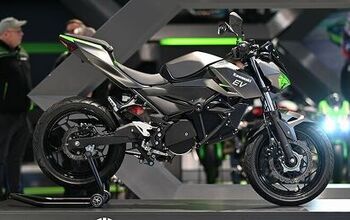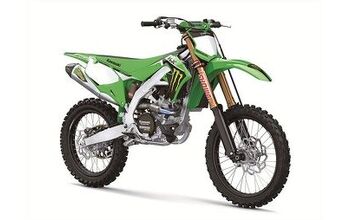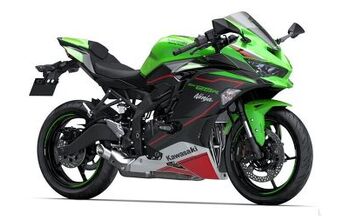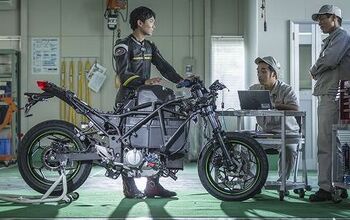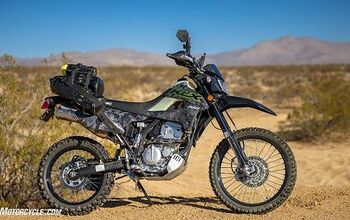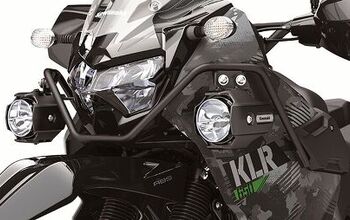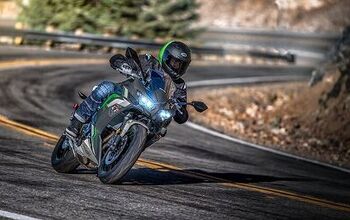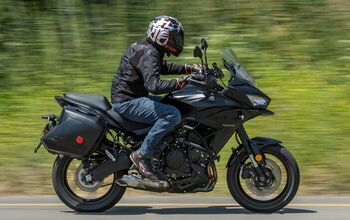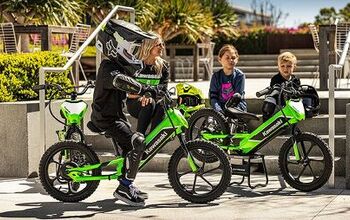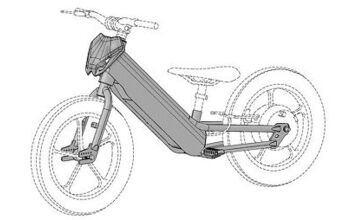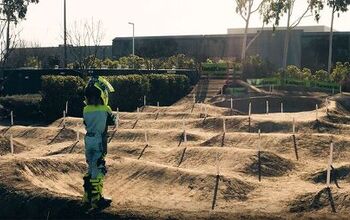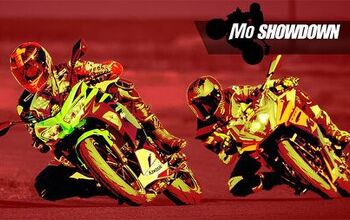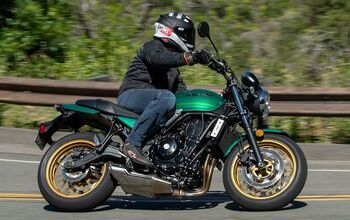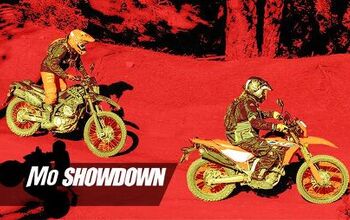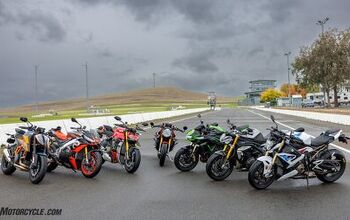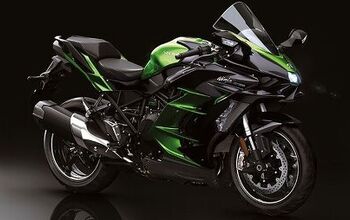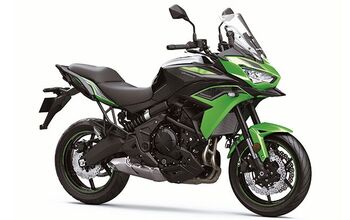Kawasaki Motorcycles
Kawasaki's parent company, Kawasaki Heavy Industries, is a major player in just about every transportation sector, from cargo ships to bullet trains to aerospace – and that’s before we even consider KHI’s interests in energy production, industrial equipment, and recycling/environment. To the non-motorcyclist, Kawasaki’s Ninja moniker often refers to all sportbikes, in the same way that Kawasaki’s Jet Ski brand name gets used generically for all personal watercraft by the uninitiated. Today, Kawasaki’s two-wheeled influence reaches through all categories of on- and off-road vehicles. Four-wheeled, too: There's a whole line of Teryx side-by-sides, etc.
Kawasaki joined the motorcycle business in 1960, and quickly established itself as one of the Japanese Big Four. From the time it released the B8 125cc motorcycle in 1961, Kawasaki has seemingly never slowed down. Five years later, it produced Japan’s biggest bike – the 650W1 (a copy of a British BSA). The first Voyager touring model, based on the liquid-cooled KZ1300 six-cylinder, hit dealerships in 1978.
1984 GPz900R Ninja
For offroad use only, the $55.5k Ninja H2R sports hand-applied silver mirror paint that changes colors as it moves from shade to sunlight.
Z900RS takes you right back to 1973 (if you've been there before, that is).
Where else, we asked at the conclusion of our August, 2020 review, are you gonna get a highly capable, 124-horsepower sporty sport-tourer, with cruise control and a quickshifter, for $12,399? Nowhere else is the answer. Also near perfect ergos, Rain, Rider, and Sport modes, traction control and ABS controlled by an upgraded six-axis Bosch IMU and a new, 4.3-inch TFT display (just like the one we saw first on the $25,000 H2 SX SE two years earlier), complete with a new lean-angle indicator. So much motorcycle for the money.
The Kawasaki Versys 650 has been referred to by many (and owned by a few) MO staffers as the perfect do-it-all motorcycle. Its perky 649cc parallel-Twin is equally comfortable on grocery duty, canyon carving, weekend touring, and everything in between.
Developed by Team Green and with more SX and MX championship trophies on the shelf than any other manufacturer, the Kawasaki KX450 has what it takes to bring out the best in serious dirt riders. Propelled by a powerful 449cc Single utilizing the latest electronics (like Launch Control), the KZ can take you through all the terrain you might encounter, thanks to the 49mm Showa Coil Spring Front Fork and Uni-Trak rear suspension. You can even set up the KX to suit your dimensions through Kawasaki's ERGO-FIT system.




